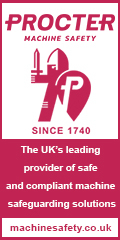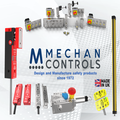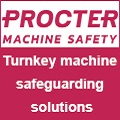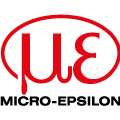
Posted to News on 8th May 2010, 11:12
Soniqtwist ultrasonic welding process demonstrated at Medtec
Telsonic is presenting its new Soniqtwist ultrasonic welding process at the 2010 Medtec exhibition. Because of the inherent advantages offered by this patented process, Telsonic says it is a major step forward for manufacturers of medical devices and electronics where traditional ultrasonic joining techniques can result in component damage.
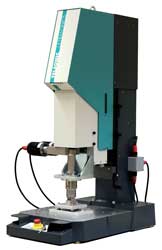
In conventional ultrasonic welding machines the piezoelectric converter, booster and horn are all aligned axially to generate vertical amplitude. When welding thin membranes or seals, however, the vertical movement can cause the membrane to behave as a diaphragm (drum skin), with the vibrations resulting in damage such as pin holes and the generation of debris. With electronic assemblies, the vertical amplitude can cause damage to sensitive electronic components.
With Soniqtwist, however, the piezo converter is mounted tangentially to the booster axis, leading to the the horn exerting torsional vibrations on the component to be welded. This avoids the generation of vertical components in the motion, which protects thin membranes, seals and electronic components from damage.
In addition to being suitable for use on plastics, the Soniqtwist technology can be used to join non-ferrous metals to ceramics or glass, with the ultrasonic energy being converted into a molecular surface bond between the dissimilar materials.

Follow the link to download a leaflet that describes the Soniqtwist process, its features and benefits (1.8MB PDF) or go to the page on the Telsonic website that presents Soniqtwist torsional welding.
Want the latest machine building news straight to your inbox? Become a MachineBuilding member for free today >>



